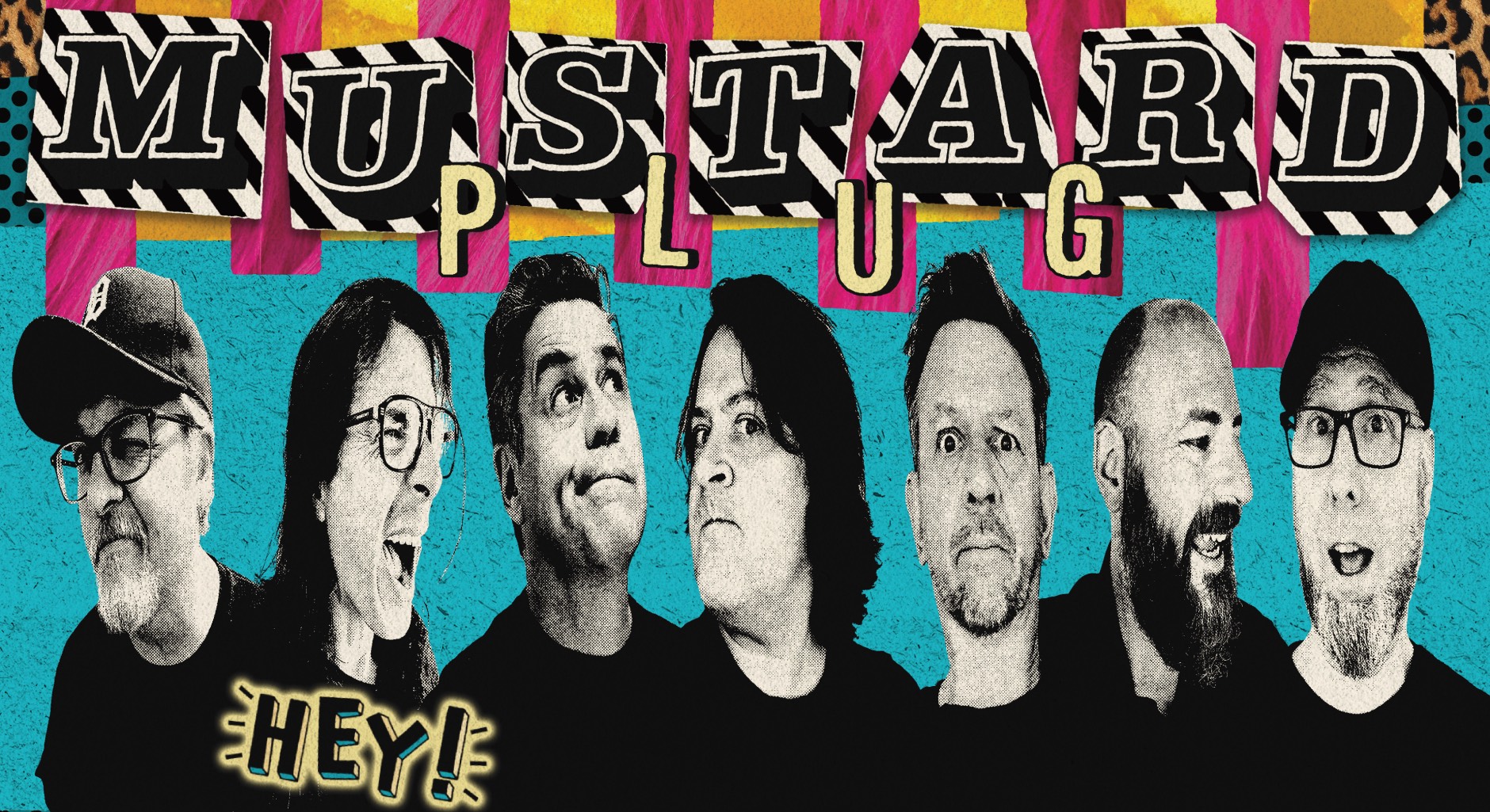Interview – Guitar World
February, 2024
by Andrew Daly
When he quit drinking the Malcolm Young and Ace Frehley fan learned to listen more to his bandmates’ contribution. So now he’s playing better than ever after 33 years via Reverend guitars and Orange amps.Since dropping Skapocalypse Now! in 1992, Michigan ska-meets-punk ragers Mustard Plug have been a staple. With their brightly colored mascot, a mischievous mustard bottle, and the scatterbrained shards of guitarism heaved the audience’s way, the band helped define ‘90s pop punk and third-wave ska.
Over 30 years and nine albums deep – the latest being 2023’s Where Did All My Friends Go? – guitarist Colin Clive tells Guitar World: “It’s hard to fathom, but I think our longevity and output has made some sort of impact on modern-day ska and punk.
“I talk to people who tell me we were their first show or the reason they started playing music. It’s humbling to think about that. I know I have bands that inspired me; to be one of those to others is a great feeling.”
Despite influencing others, large-scale fame and grandeur have not been part of the package. None of that matters to Mustard Plug – even though their now classic track, Mr. Smiley, has given them more than their fair share of attention over the years.
But fame be damned: if you’ve ever taken in a Mustard Plug show in an undulating mosh pit at a sweaty club, you’ll understand the magic of Clive’s four-chord madness. “I think the fact that we consistently have stuck to the genre and are proud supporters of the ska and punk scene goes a long way,” he says.
“Whether you like us or not, I think our dedication and devotion shine brightly. I think finding something that defines you, makes you recognizable, and that you can call your own – even if it’s not flashy – is the key. It could even be limitation that makes you stand out.”
“From our first demo tape to our newest album, people can still hear the same person behind that playing. I think that’s important. A band is a personality – you have to let that show through as much as you possibly can.”
How did Where Did All My Friends Go? come about?
It’s entirely a byproduct of the Covid years. We finally had time to separate ourselves from our day-to-day responsibilities and focus on songwriting and creating. It allowed me time to figure out what I wanted to write rather than just trying to cram writing sessions between my typical workday and bedtime.Did that have you drawing from new sources of inspiration?
My main inspiration for continuing to pick up the guitar is the creative outlet it provides. There’s something magical about creating something from nothing. I think it’s fascinating and gratifying to start from zero and end up with a song you are proud of.Whether or not that song ever becomes popular is irrelevant. I did something I’m proud of, and no one else has ever done, which is incredible.
Of the new songs, which best represents the player you are today?
I’d say Fall Apart. It has a little bit of everything I love to do. Some octave lead work, some ska parts, some big overdrive rock chords, and some subtle sonic background additions that are inventive yet unobtrusive to the song.What does your process for riffs and solos look like?
I’ve never been much of a lead guitarist. Much of that is due to the instrumentation of the band and my style. I’ve always been much happier as a strong rhythm player – I’m more Malcolm than Angus Young.If I ever lay down any lead work, it’s usually melodic and not very intricate. That’s just the style I’ve always been drawn to – I prefer old-school alternative and punk, where solos weren’t as prevalent. But I’m a huge Ace Frehley fan, so I dig a good solo; make it melodic, please!
How do you view your playing today versus the past?
The main difference is that I gave up drinking over seven years ago. Before that, the priority was enjoying alcoholic beverages and having a good time. I’m sure my playing was somewhat affected, but it was balanced by the additional enjoyment of just partying and being buzzed.Nowadays, I don’t have that crutch to lean on, so I rely 100 percent on the show and my playing for personal enjoyment. I listen more, pay attention to the other instrumentation more – and play better. I can’t say it’s been easy, but I wouldn’t want to return. I’m better for it.
Which of Mustard Plug’s classic ‘90s records are you most drawn to?
From a guitar perspective, I think it’s probably a tie between In Black and White and our new album. In Black and White was the first album where I felt we dialed in the guitar tones that I had in my head. The dirty and clean tones complement each other so well.But Where Did All My Friends Go? might surpass it because I’m proud of the textures and new sounds we incorporated, while still retaining that core Mustard Plug sound. We just built on it.
Both albums capture what I hear in my head when I put these songs together. The Blasting Room, where we’ve recorded most of our material, captures those visions.
How do you view fan favorites like Big Daddy Multitude and Evildoers Beware!?
Big Daddy Multitude is still such an anomaly to me. It was a very ambitious album for such a young band. I don’t necessarily love the overall recording because it doesn’t capture the punk rock elements we were doing at the time. It just feels a little tame production-wise.The songs overall, though, are so diverse, and there’s a lot going on. We were experimenting and incorporating all the styles we were into then. It was an important album to figure out what we wanted to do.
When we followed that with Evildoers Beware! we streamlined what we were after. We trimmed the unnecessary elements that cluttered the songs and focused on what was working live. That album also captured the punk elements much better than Big Daddy did. Evildoers Beware! established the blueprint for Mustard Plug.
I think it also boils down to recording those two albums; if we had done Big Daddy at the Blasting Room, it would have been an entirely different beast. I think it would have sounded closer stylistically than people might imagine they would.
Has your gear changed much over the years?
I’ve been a proud Reverend Guitars artist for six years now. I love them, and I will never stop playing them. My main ones are the Flatroc and the Robin Finck signature model.As for amps, I’ve also been an Orange ambassador for at least six years. I sometimes play an MKIII Rockerverb 50 with an Orange 4×12 slant cab and a Rocker 32 2×10 combo. I also have a Rocker Terror head that travels to fly-in gigs a lot with me.
Are you coupling those Orange amps up with any pedals?
Most of my pedals are by Keeley Electronics, whom I’ve also been with for many years. The never-leave-my-board pedal is the 30ms Double Tracker. It’s a subtle but extremely versatile pedal. I hate it when I don’t have it with me.I’ve also fallen in love with the D&M Dual Drive Boost. It’s rare that I don’t have that with me. That’s my secret weapon when I have to borrow a backline.
What’s your secret to proper ska and punk guitar?
I’m the last person to say I’m the end-all-be-all of ska and punk guitar. I’m still not entirely sure I’m doing it right! But what’s right anyway? That’s the beauty of music: do your thing.The important thing to me is to play to the song and not overplay unless it improves the song. The song is the star of the show to me. So play stuff you love and no matter what, it will come through in your style and performance.

